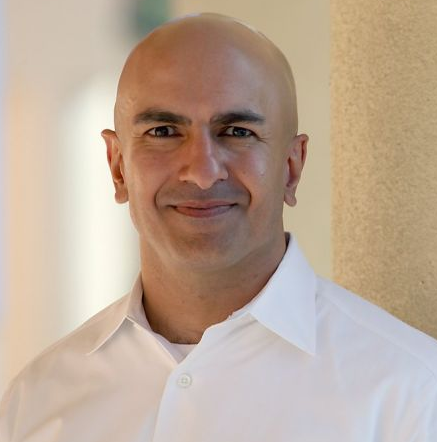Comments from Minneapolis Fed President Neel Kashkari

Neel Kashkari is out with some comments spurred by a WSJ article highlighting higher labor force participation.
The participation rate has been a blunder at the Fed for years. They took traditional retirement ages and extrapolated that they would continue and people would quit working at predictable paces. The ignored three critical factors: 1) People have less savings (i.e. not enough to retire) 2) the social safety net is weaker and uncertain 3) People are living longer.
The result has been a secular increase in people working beyond traditional retirement age. Or at the very least, people are more open to working ,especially if they can find good jobs with decent pay.
The problem is the Fed doesn't see it that way. As Kashkari explains, the Fed sees higher participation as a sign that the market is too hot and inflation is coming.
" If it turns out more people choose to work than our trend analysis predicted, we conclude that must be unsustainable and that represents an output gap. The more people choose to work in excess of our expectations, the bigger the output gap," he writes.
In essence, the Fed puts too much belief in its model and forecasts looming inflation and hikes rates.
Kashkari says that's wrong-headed:
"If people are choosing to work, they are choosing to work. Why is that unsustainable? Why don't they represent a greater supply potential than we realized rather than some unsustainable overheating?"
"I accept that our population is aging and people can't work forever. But I am realizing this fact tells me almost nothing useful about the economy's potential in the next few years. People's work preferences change (especially as wages pick up)."
As a result, the Fed should stop focusing on models that predict inflation based on employment levels and instead focus on "actual inflation, inflation expectations, and real wage growth (net of productivity)."



